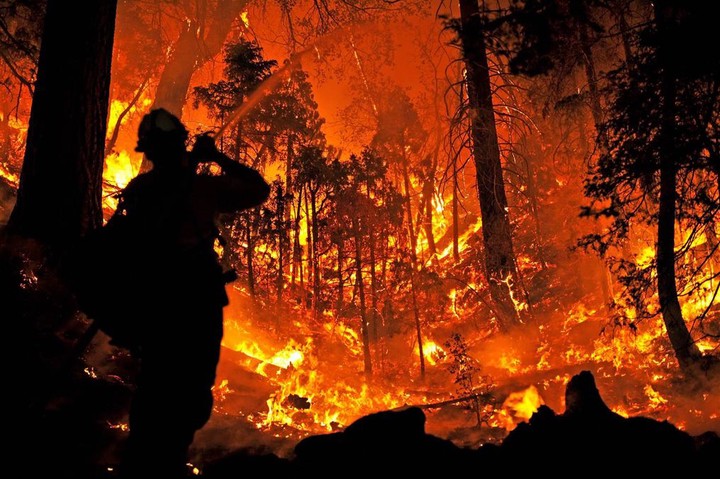California Wildfires Project
 Photo credit- Direct Relief
Photo credit- Direct ReliefThe annual wildfire season in California results in population displacements of varying durations. Among the evacuees, are patients on durable medical equipment, i.e.: medical devices that are electricity-dependent. Loss of power (from the wildfires as well as from the preemptive public safety power shutoffs) threatens the wellbeing of these medically vulnerable populations - in some cases, imminently. Critical care patients and long-term nursing home patients on ventilators need to be safely transferred to receiving facilities without any interruption in care. Those on dialysis have to be re-matched with dialysis centers in host communities receiving the evacuated populations, and may clinically tolerate two or three days of delay. Patients on home nebulizers may not suffer acutely from the loss of power or access to care but may experience a longer span of morbidity from prolonged sub-optimal therapy.
The data required to map where these vulnerable populations are, exist, though in different silos across healthcare systems. Population mobility data required to observe post-event evacuation patterns are more easily accessible in the post-COVID world. Information on EMS transport and healthcare bed capacity though not publicly available can be accessed by public health agencies. The timely access to these various data streams requires significant pre-negotiations around data use agreements, and safe secure use of these data. Timely analytic outputs in near-real-time, during the disaster, will require prior simulations and modeling. And finally, response agencies need to be familiar with these analytic outputs and find them actionable, for them to be of use.
This project seeks to focus on Data Readiness, Methods Readiness and Translational Readiness for predicting and responding to dynamic health-system demands in the context of the CA wildfires and PSPS events, with a particular focus on the most vulnerable.